How to Use a Plumbing Snake to Clear Drain Lines
Drain lines can clog at any time, including in the middle of the night, so it’s important to know how to make use of the right tools to unclog them. Unfortunately, many homeowners have never used a plumbing snake.
There’s no doubt that professional plumbers can help you fix drainage issues quickly through emergency plumbing services—but if the clog persists, you can try clearing the drain using a plumbing snake in the meantime.
This guide will show you how to use a plumbing snake correctly without damaging your drain pipes. You’ll also learn the different types of plumbing snakes available.
Types of Plumbing Snakes Available
All plumbing snakes have a standard design: a long metal cable with an auger or loose coil at the end. However, the plumbing snake’s head design usually varies to suit every application. That’s why there are different types of plumbing snakes with distinct functions.
Here are the different types you should consider:
- Drum auger: If you suspect a thick and heavy clog in your drain lines, consider using a drum auger to clear it. This plumbing snake has a tip with blades that can cut through larger blockages, including tree roots. It’s important to be careful when using this plumbing snake though, as the sharp blades can also damage your drain pipes.
- Closet auger: In terms of how to use a plumbing snake, consider the closet auger. These plumbing snakes use a hook-shaped metal tube with a plastic boot on one end. The hook helps to break up clogs, while the plastic boot protects the pipes from damage. These plumbing snakes are great to use for breaking up toilet clogs, as they can’t damage the porcelain bowl.
- Hand spinner: Hand spinners are the thinnest plumbing snakes and make clearing clogs in sink and bathtub drains easy. Consider using a hand spinner in narrow spaces, like for shower and under-the-sink drain clogs. You’ll only need to rotate the spinner clockwise to push the snake into the drain.
How to Use Plumbing Snake Tools to Clear Drains
Manually operated plumbing snakes are the most popular options, as they help to clear drain lines quickly.
If you’re searching for ‘plumbing snake how to use’, you’ll find the following steps useful:
Step 1: Make preparations and get ready. Put on an overall coat or some other kind of protective clothing that you wouldn’t mind getting dirty, as well as gloves since the snaking process may get messy. Place a few old towels around the working area.
Step 2: Insert the plumbing snake into the drain. Place the augered end of the plumbing snake into the drain pipe and push it while turning the handle on the tool. Then, keep pushing the plumbing snake into the drain pipe by twisting the handle slowly to reach the blockage. Continue doing that until you feel some resistance.
Step 3: Increase your grip strength and push the snake further. The next step in how to use a plumbing snake is, after feeling some resistance, to grip the plumbing snake firmly as you apply pressure on the handle. If the trap under a sink has a tight curve, the snake will quickly bend past it to reach the clog. The plumbing snake’s design allows it to meander through bends.
Step 4: Continue rotating the plumbing snake. If you reach the clog and feel further resistance, continue rotating the snake’s handle clockwise. The drill will grind the blockage bit by bit until it can be moved freely. You’ll know the clog is breaking up when the twisting becomes simpler, so continue rotating until the snake penetrates freely.
Step 5: Rotate the snake’s handle anti-clockwise to pull it out. Now that you’ve broken the clog in your drain pipe, it’s time to pull it out. First, rotate the snake’s handle anti-clockwise and remove it. Finding things attached to the drill’s head means you’ve loosened the plug and it’s no longer in your drain line.
Step 6: Flush the drain to see if there’s any blockage. The last step in how to use a plumbing snake is, after removing the dirt in your drain, flushing water through the pipe for a few minutes to clear out any debris remaining in the drain line. Ensure that you’ve adequately washed away the clog in your drain. Repeat the procedure if you still have some clog in the drain pipe.
Factors to Consider When Selecting a Plumbing Snake
Now that you know how to use a plumbing snake and the available types, you may have trouble choosing the right one for your situation. Here are some factors to consider:
- The auger’s design: The plumbing snake’s head design can be either bladed or coiled heads. Bladed augers have sharp blades that cut through the clogs, while spiral augers can coil through the clog to grab it (which is ideal for hair clogs).
- Length and thickness: The length and thickness of the plumbing snake can also influence its application. For instance, unclogging a shower drain requires a thinner and shorter plumbing snake than a sewer drain.
- Electric or manual plumbing snakes: A manual plumbing snake requires you to push it down the drain to reach the clog. On the other hand, an electric drill removes hair clogs from the drain line when you power it on to run.
Get in touch with J. Blanton today
Clearing a blocked drain line with a plumbing snake is easy, especially now that you know how to use a plumbing snake. If you’d rather have a professional handle the job, consider hiring technicians at J.Blanton Plumbing to help you.
Contact us today!











